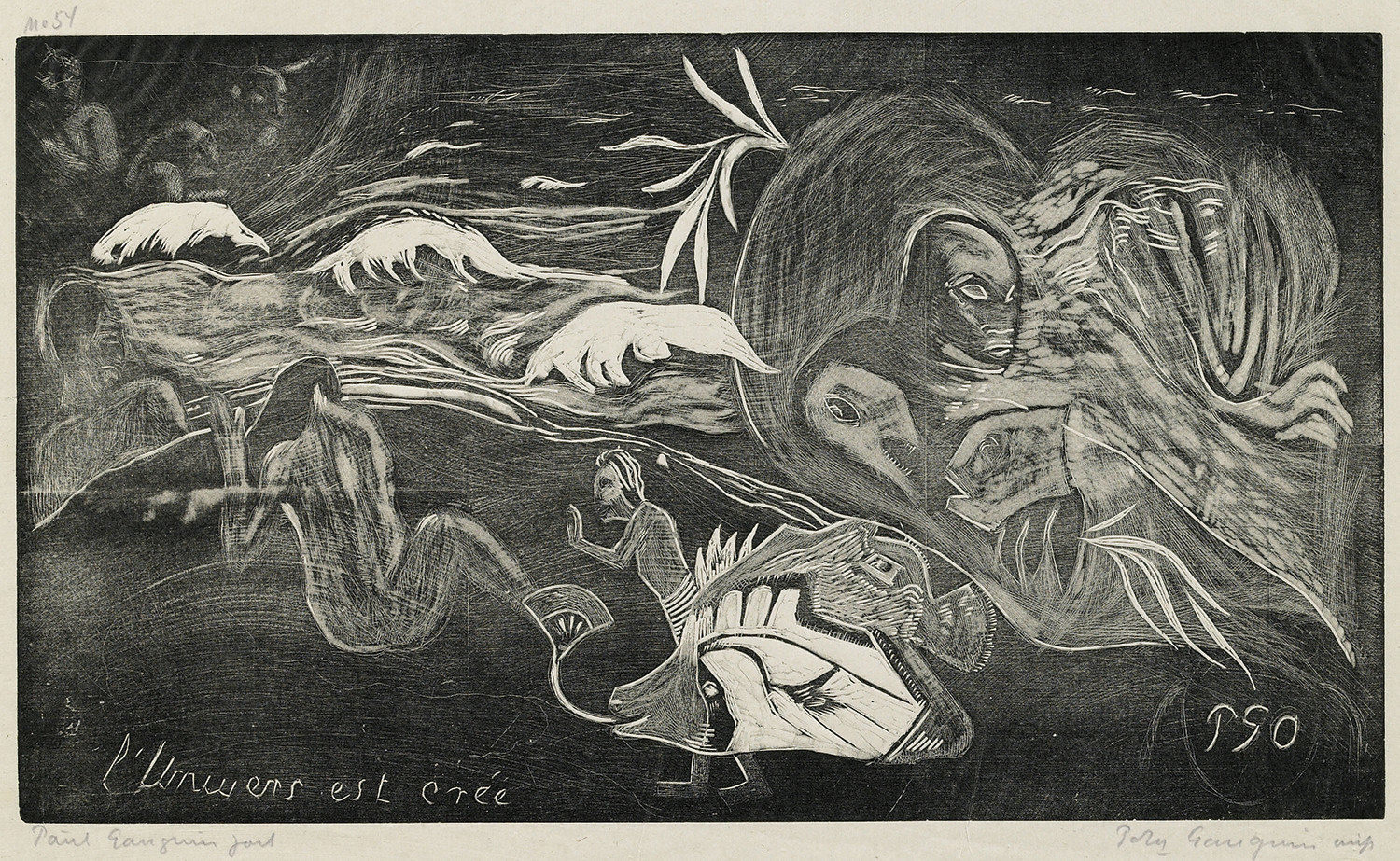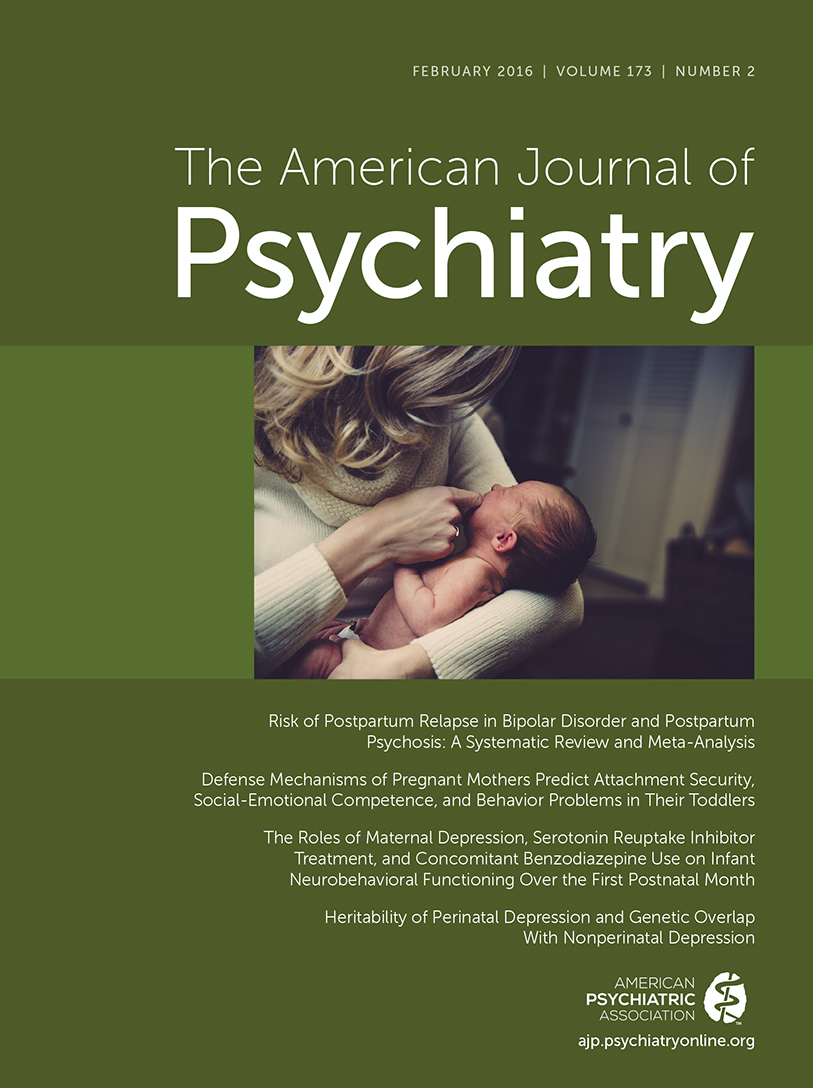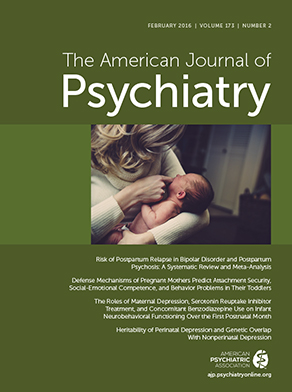Paul Gauguin’s paintings are a central part of the post-Impressionist canon. He is recognized as a key figure in the creation of modernism, and his work influenced both Picasso and Matisse. Alongside Baudelaire and Mallarmé in poetry and deBussy in music, Gauguin is a representative of the late 19th century Symbolist movement, which rejected naturalism and realism and privileged spirituality, the imagination, mythology, and dream-states.
In the popular mind, Gauguin’s life is the stuff of legend. In reality, as his biographer Andersen observed, “Few men worked harder at creating a self-image for others to see than Gauguin. As consciousness of his artistic potential grew he began to court his image wooing it with ardor until his life was given over to it” (
1, p. 2). Tahiti, where he spent the latter part of his life, was for Gauguin a “lost paradise” despoiled by European colonization. Nonetheless, Polynesian mythology and the remnants of its original culture were the inspiration for much of his greatest achievements in art, which were “suffused with exotic light and color” (
2, p. 9).
Of late, his work in media such as woodcut printing (see illustration), ceramics, wood carving, monotype, and transfer drawing has garnered critical attention (
2,
3). Early 20th-century artists such as Edvard Munch were inspired by his woodcuts. The organizer of an exhibit of prints and transfer drawings at the Museum of Modern Art commented, “The transfer drawings represent Gauguin’s final and perhaps most daring attempt to unify aspects of painting, drawing and print-making. And as the culminating invention of a decade of experimentation with various innovative print techniques they confirm that for Gauguin it was the creative process itself—the process of taking one thing and working to transform it into something radically new—that mattered above all else” (
3, p. 32).
Gauguin was born in Paris, the younger of two children. His mother was of Peruvian descent, and his father was a journalist. Before Gauguin was born, his maternal grandmother traveled alone to Peru to petition—fruitlessly—for her portion of the family estate. Three years after their marriage, Gauguin’s parents and their son traveled to Peru with the same intent. His father died on the voyage. Gauguin lived in Lima with his mother for the next 4 years. This childhood experience of an exotic, colorful, culturally diverse world undoubtedly had a powerful impact.
As a young man Gauguin pursued a successful career in Paris as a stockbroker. Without any formal training he had already begun to paint. At 25 he married a Danish woman, with whom he had five children. In 1882 the French stock market crashed, he lost his job, and his family moved to his wife’s family home in Copenhagen. Unable to make a living, he left his family and went back to Paris to pursue a full-time career as an artist. He barely saw his wife and children again.
Early in his artistic career he exhibited with the Impressionists, but he rapidly dissociated himself from them. His paintings were admired by Vincent van Gogh, who invited him to share a studio in Provence. This received the encouragement and material support of Vincent’s art dealer brother Theo, who may have thought Gauguin’s presence might help stabilize his increasingly emotionally volatile brother. Three months into their time together, Vincent became floridly psychotic, threatened Gauguin’s life, amputated his own ear, and was hospitalized. Gauguin fled back to Paris.
In 1891 he made his first voyage to Tahiti, where he remained until 1895, when he briefly returned to France to exhibit his Tahitian paintings. These received mixed reviews, and he returned to Tahiti. Two years later, destitute and depressed, he ascended into the mountain wilderness outside of Papeete and swallowed arsenic. He vomited the poison, staggered back to his studio, and proceeded to create one of his greatest paintings: Dou Venons-vous? Que somme-nous? Ou allons-nous? (From where do we come? What are we? Where are we going?) (now in the Boston Museum of Fine Arts). Gauguin now became involved in acrimonious disputes with the French colonial authorities and missionaries, whom he accused of corruption and insensitivity to the indigenous culture. He moved to a remote island in the Marquesas, hoping to find a “purer” Polynesia. By this time his health was deteriorating, and in 1903 he died of heart failure.
Gauguin prided himself on his transformation from “civilized European” to “sauvage savant” (
2, p. 9). This paralleled his artistic journey, in which he practiced taking one technique and turning it into something radically different. Central to Gauguin’s life is his quest for a lost paradise. One could speculate that the origins of this lay in a desire to recapture the lost paradise of his Peruvian childhood.


